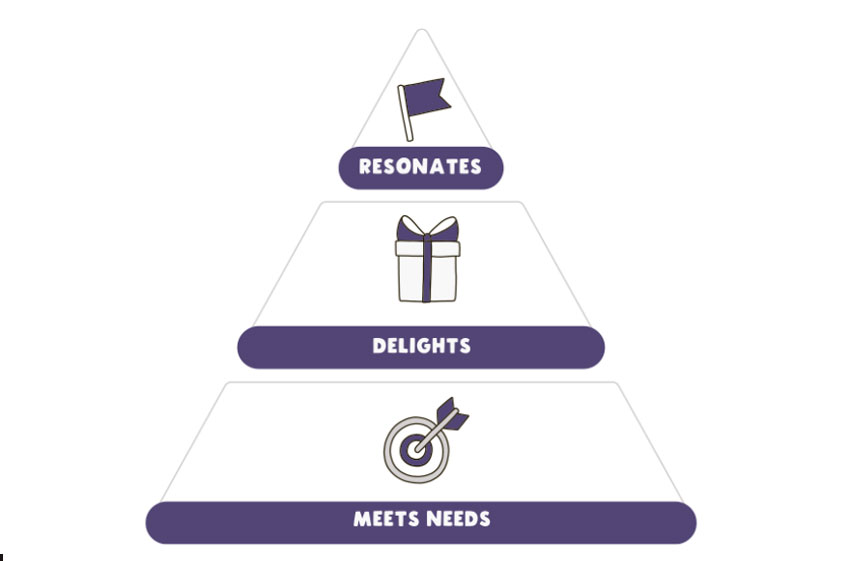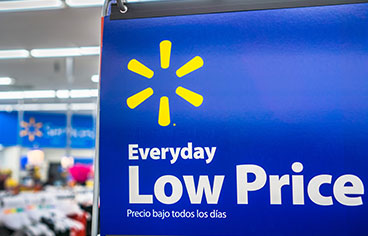Insights | By Howard Tiersky
WHY “CUSTOMER LOYALTY” ISN’T AS VALUABLE AS YOU THINK IT IS
When you think of customers who are “loyal” what images come to mind? Committed souls who have an emotional connection to your products and will stick with you through thick and thin? True believers in your brand and it’s mission in the world? Wouldn’t it be wonderful to have throngs of such “loyal” customers? Absolutely! The emotion of loyalty is one of the most powerful in the world. It’s what keeps marriages together. It’s what sends marines back into the battleground to save a buddy. It’s what causes people to sleep in a parking lot to be the first fan in the stadium of their favorite sports team’s opening game. But when we talk about “customer loyalty” in business today, let’s be honest, that may be the fantasy we want to believe, but it’s not what we measure and it’s usually not what we inspire.

Although the word “loyalty” can certainly refer to that powerful emotion of commitment described above, at most companies it's used instead to refer to a specific behavior—repeated transactions.
You might book the same airline every week because they fly where you need to go, or eat at the same coffee shop every day because it’s near your home. These companies consider you “loyal,” even though you may not feel loyalty for their brands. Nevertheless, you have your reasons for continuing to do business with them—to behave “loyally”—at least for now.
The term “customer loyalty” is also very often used in the context of loyalty programs—point-based accounts that give the customer “free stuff” if they engage in repeat transactions. Loyalty programs can be very effective. With limited exceptions, loyalty programs are really just a form of discounting. You pay $300 for a flight, but you get points back that are worth, perhaps, $25 toward future travel. Maybe you also get coupons for a couple of free drinks.
It’s a solid move to improve the value proposition in this way, but it’s really just a way to offer the customer a better deal. It may stimulate sales, but it’s transactional; it won’t send your customers back onto the battlefield to save your brand. In fact these “loyal” customers may not care about your brand at all.
So to me, the term “customer loyalty” is “taken” in business to mean the “frequent transactor.” We need to use a different term to refer to the emotional connection we would like to create in our customers. I call this feeling “customer love.”
You can’t buy love. But you can inspire it by ensuring that you follow The Customer Love Formula.
THE CUSTOMER LOVE FORMULA
What is this formula? We have studied hundreds of brands, some that are truly loved by customers, like Starbucks, Nike, Disney and Apple, and many who may be successful at driving transactions, but are not truly loved, like Citibank, AT&T, and American Airlines.


- They meet the needs of their target customers extremely consistently.
- They periodically do things that delight customers beyond their expectations and needs.
- They “stand for” something that resonates with their customers.

When we say “stand for something” that doesn’t necessarily or even primarily mean politically. While there are loved brands whose formula includes a social stance, such as Ben and Jerry’s (environmentalism) or Chick-fil-A (conservative social values), other brands “stand for” apolitical values or philosophies; Apple stands for empowering individualism; Häagen-Dazs stands for the joy of indulgence; Nike stands for achieving your personal best; Walmart stands for the idea that you deserve low prices.
One problem is that many brands don’t really stand for anything, or at least nothing the customer believes is sincere, and that limits their ability to inspire customer love. “Standing for” something doesn’t just mean you have a slogan or an ad campaign. In order for cynical customers today to love a brand for what it “stands for,” they need to see those values in action, whether through philanthropy, policies, products or service.
Of course, the devil is in the details. What are the most important needs of your customers? How do you determine if you are meeting them consistently? What “extra” things would delight your customers? What are the values that your customers find attractive?
It may sound like a puzzle, but if it is, there’s an answer key. There are proven methods to answer all these questions. Still, these questions must also be studied on an ongoing basis because the answers are not static.
That’s why so many once-beloved brands are now gone. At one point they were meeting and exceeding their customer’s needs and they stood for something customers cared about. That’s how they became beloved. But when their customers’ needs or values transformed, the brand didn’t change, or change enough, and that broke their “customer love” formula.

My new book, WINNING DIGITAL CUSTOMERS, will show you a proven 5-step strategy that successful digital brands use to earn their customers’ love and loyalty. The first chapter is downloadable FREE at this link https://wdc.ht/freechapter.











